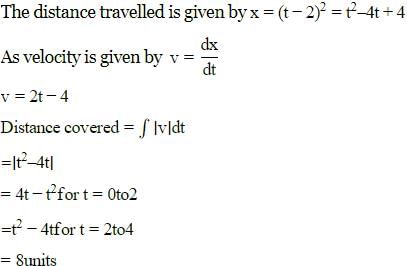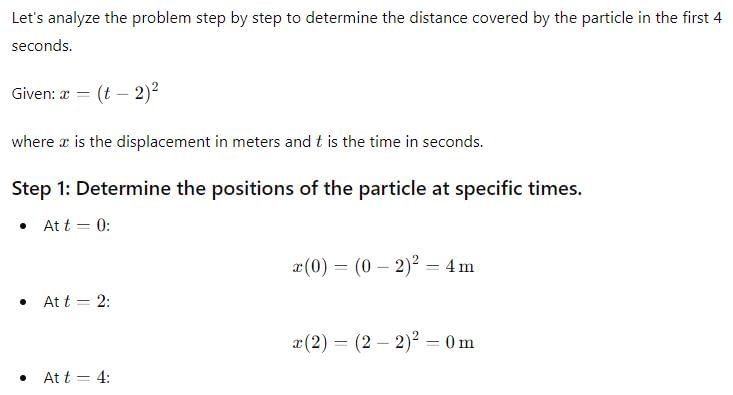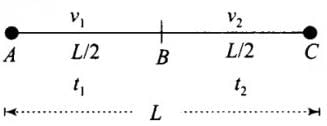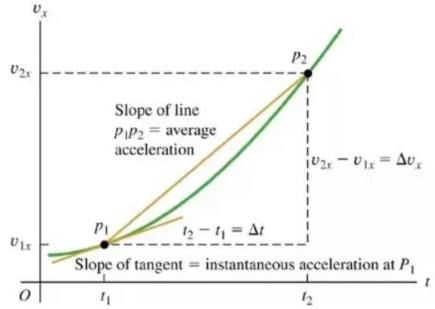DSSSB PGT Physics Mock Test - 8 - DSSSB TGT/PGT/PRT MCQ
30 Questions MCQ Test DSSSB PGT Mock Test Series 2025 - DSSSB PGT Physics Mock Test - 8
How many days will there be from 23rd January, 2011 to 31st July, 2013 (both days included)?
Two clocks are set correctly at 10 a.m. on Friday. The first clock gains 2 minutes per hour, which is twice as much as gained by the second clock. What time will the second clock register when the correct time is 2 p.m. on the following Monday?
A man went outside between 7 o'clock and 9 o'clock at such a time that the minute hand and the hour hand were found to be coinciding before 8 o'clock; and when he returned, again he found both the hands to be coinciding, but after 8 o'clock. What was the time when he returned to the house?
A clock gains 2 minutes in an hour and an other clock loses 4 minutes in an hour. If both these clocks were set at 8 a.m, what will be the time in the first clock, if the second clock shows 10 p.m?
At what time between 9 and 10 will the hands of a clock be together?
Directions: This question consists of three statements followed by four conclusions marked I, II, III and IV. Consider the statements to be true, even if they seem to be at variance from commonly known facts, and decide which of the given conclusions logically follow(s) from the statements, disregarding commonly known facts. Mark your answer accordingly.
Statements:
Some right are left.
No left is west.
All west are south.
Conclusions:
I. No right is west.
II. Some left are west.
III. Some south are not left.
IV. All south are left.
In the following question, Few statements are given which are followed by some conclusions. According to the given statements, which conclusion is/are definitely true?
Statements:
M ≤ N = O ; M ≤ P ; O < Q
Conclusions:
I. Q > N
II. M ≥ O
In the following question, a statement is being followed by two conclusions. Find which of the two conclusion is/are true according to the given statement.
Statement:
J = K ≥ L > X ≥ Y ; J ≥ P ; P ≥ Z
Conclusions:
I: J < L
II: P ≤ Y
In the following question, Few statements are given which are followed by some conclusions. According to the given statements, which conclusion is/are definitely true?
Statements:
S = R ≥ Q ≤ P ; N ≤ P ; M < N
Conclusions:
I. M < S
II. M ≥ S
Solve problems using substitution (Mathematical Operations): If A > B, B > C and C > D, then which of the following conclusions is definitely wrong?
Directions to Solve
In each of the following questions find out the alternative which will replace the question mark.
Question -
Race : Fatigue :: Fast : ?
The result of rounding off 34.216 to 3 digits is:
Which of the following sets can enter into the list of fundamental quantities in any system of units ?
Given that v is the speed, r is radius and g is acceleration due to gravity. Which of the following is dimension less
The value of G = 6.67 × 10_11 N m2 (kg)_2. Its numerical value in CGS system will be :
The displacement of a particle is given by x = (t – 2)2 where x is in meters and t in seconds. The distance covered by the particle in the first 4 seconds is:
A vehicle travels half the distance L with speed V1and the other half with speed V2, then its average speed is
The location of a particle is changed. What can we say about the displacement and distance covered by the particle?
The acceleration at any instant is the slope of the tangent of the ________ curve at that instant:


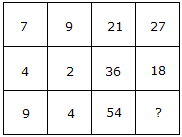
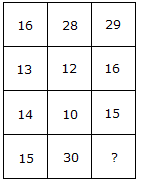

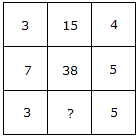


 = 90 minutes.
= 90 minutes.
 minutes past 9, the hands of the clock will be together.
minutes past 9, the hands of the clock will be together.


